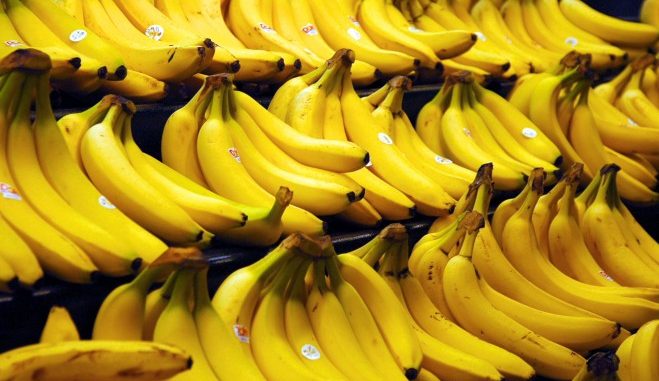
Radiation is usually associated with the atomic bomb, nuclear disasters like Fukushima, and microwave ovens. But did you know we are surrounded by radiation every single day from everyday objects we didn’t even think would have anything to do with radiation?
Ir’s true, and the people over at GeoBeats have put together this great video outlining just how many radioactive substances surround us in our day to day lives!

BYPASS THE CENSORS
Sign up to get unfiltered news delivered straight to your inbox.
You can unsubscribe any time. By subscribing you agree to our Terms of Use
Latest Video
According to GeoBeats (source):
Radioactive objects are the sorts of things people generally try to avoid, but it turns out that doing so may not be so easy. The world is full of seemingly benign things that emit radiation.
Here are 10 of them.
Number 10. Exit signs. For them to function during emergencies that involve power outages, they have to be able to glow on their own. The substance that most often allows them to do so is tritium, which gets its illuminating power via a nuclear reaction.
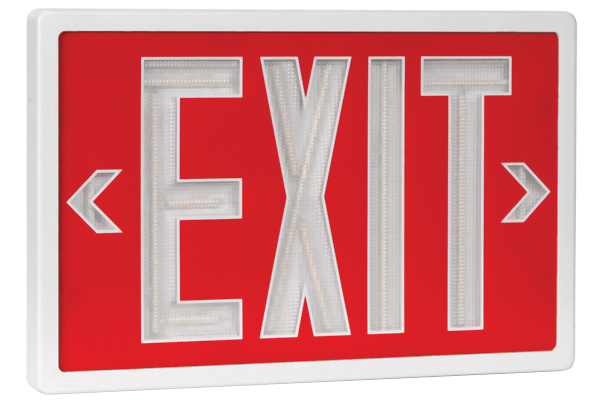
Number 9. Granite countertops. It turns out microwaves are not the only kitchen standbys that emit radiation. As granite ages the naturally occurring particles of radium, thorium, and uranium within it decay, sending radon gas into the air.

Number 8. Kitty Litter. Don’t worry, neither you nor your fluffy little friend are at risk. Trace amounts of radioactive elements exist in the clay and though they’re significant enough to set off super-sensitive, government-grade detectors, they don’t exist in quantities that are physically harmful.
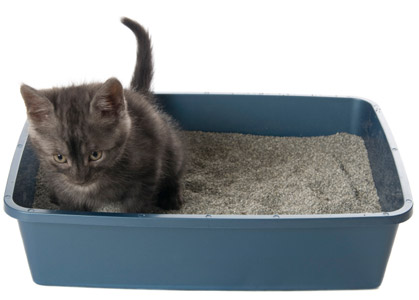
Number 7. Bananas. While the fruit is a common measure for how dangerous some substances and items are, they’re in the benign range of the comparative scale. Due to the presence of an isotope of potassium they emit a measurable amount of activity, but it’s so low a person would have to eat 5 million of them before they showed signs of contamination.
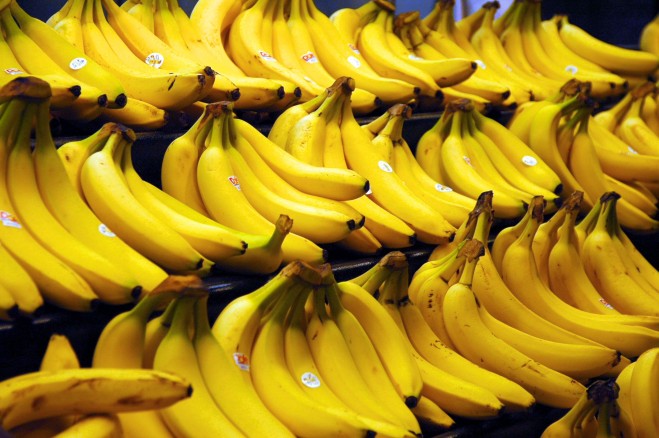
Number 6. Brazil nuts. High concentrations of radium make this by far the most radioactive food known. It has at least thousand times more of it than a banana, and nearly 1 and a half times the potassium content as well.
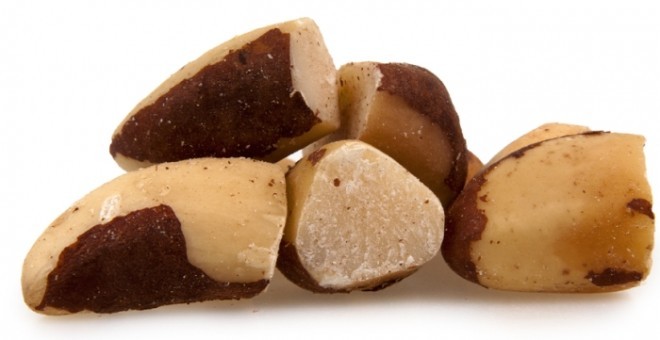
Number 5. Glossy magazines. Both the paper and the coating on it are often rich in the clay kaolin, which contains relatively elevated amounts of uranium and thorium. By comparison, reading a shiny publication subjects a person to a fraction of the amount that’s generally present in the environment.

Number 4. Porcelain teeth and crowns. To make them pearly white, those than craft the dental materials often add uranium.
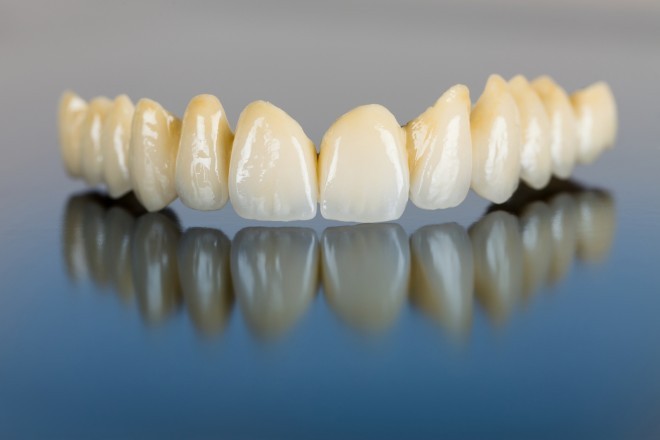
Number 3. Smoke detectors. Some models of the life-saving devices work by maintaining a steady current so when it experiences interruptions, like those caused by smoke, it can sound an alarm. A bit of americium-241 is added to ensure that the current stays consistent.
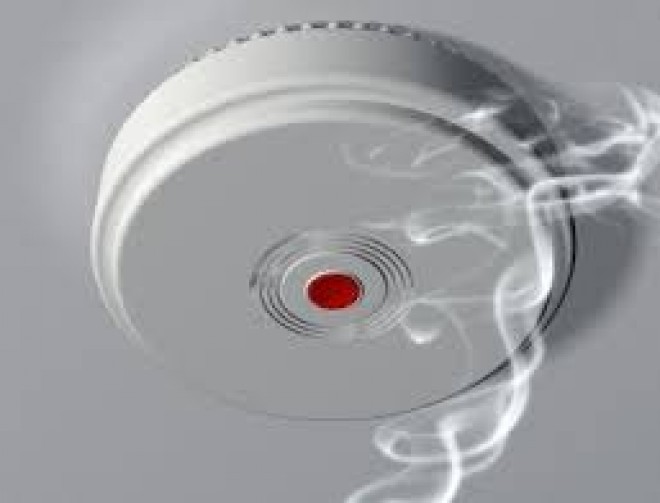
Number 2. Antiques. Back in the day people weren’t quite as savvy about radioactive materials, and thus they ended up in items from kitchenware to watches. Prior to the 1970s uranium, thorium, and potassium-40 were often added to colored glazes due to the unique and vibrant hues they helped produce.
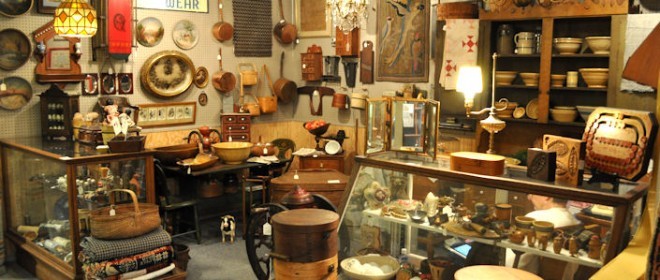
Number 1. Humans. Human bodies emit doses of radiation. According to one report, sleeping next to a person for a year exposes one to more of it than living within 50 miles of a nuclear plant for the same amount of time.

Which radioactive everyday things are you most surprised by?


